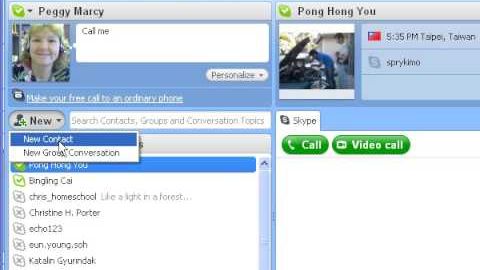
Subtitles & vocabulary
Module 4c: Part 1 of 5: Speaking and Listening Technologies
00
Hhart Budha posted on 2014/06/16Save
Video vocabulary
conference
US /ˈkɑnfərəns, -frəns/
・
UK /ˈkɒnfərəns/
- Noun (Countable/Uncountable)
- Series of lectures held as an event
- An association of US sports teams
- Intransitive Verb
- To hold a discussion; consult.
A2
More language
US /ˈlæŋɡwɪdʒ/
・
UK /ˈlæŋgwɪdʒ/
- Noun (Countable/Uncountable)
- Words or signs used to communicate messages
- A specific system for communication, such as English or French.
A1TOEIC
More line
US /laɪn/
・
UK /laɪn/
- Noun (Countable/Uncountable)
- Border that divides two places or regions
- Long crease in the skin, often from age
- Transitive Verb
- To put material along the inside of something
A1TOEIC
More call
US /kɔl/
・
UK /kɔ:l/
- Noun
- A order or request for action
- The sound an animal makes, often when in danger
- Verb (Transitive/Intransitive)
- To make a request or order for action
- To visit a place or person for a short time
A1
More Use Energy
Unlock All Vocabulary
Unlock pronunciation, explanations, and filters
